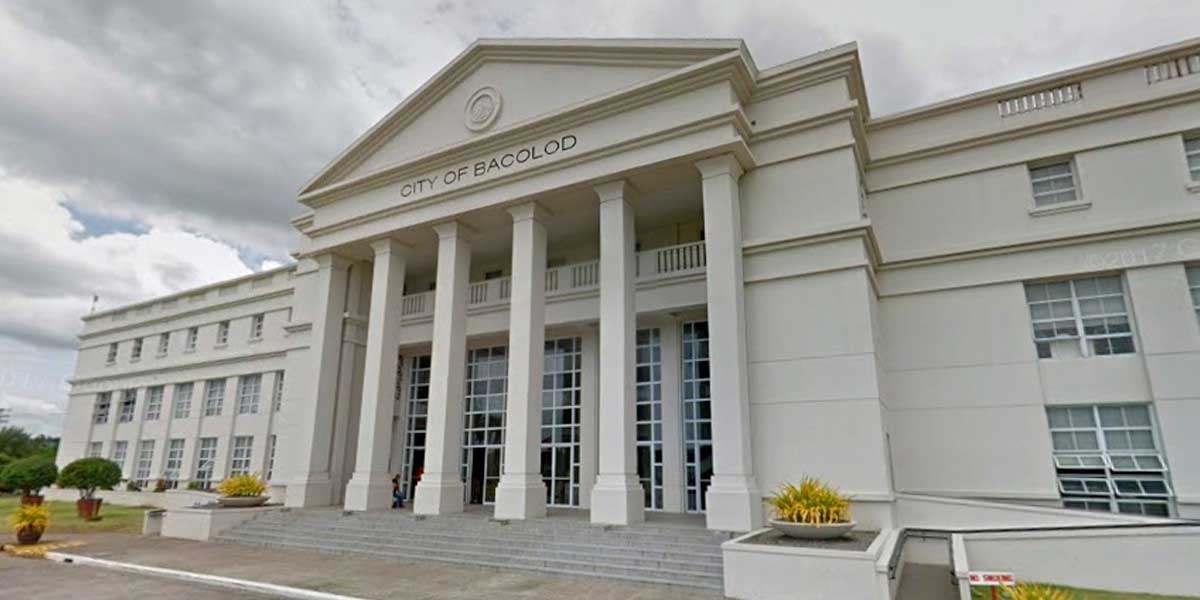By Joseph Bernard A. Marzan
The Department of Health-Western Visayas Center for Health Development (DOH-WV CHD) and local government units in Iloilo City and province have urged public caution following a rise in COVID-19 cases nearly two years after the state of public health emergency was lifted.
Iloilo Provincial Health Office (IPHO) chief Maria Socorro Quiñon reported on May 28 that as of May 20, the province has recorded 295 new COVID-19 cases since January, citing DOH-WV CHD data.
There were four new cases in the last three to four weeks and three in the last one to two weeks.
Quiñon, referencing advisories from the Philippine Society for Microbiology and Infectious Diseases (PSMID) and the Philippine Pediatric Society (PPS), emphasized that while the recent cases are mild, they cannot be taken lightly, especially in children. She reiterated the importance of COVID-19 prevention practices.
“There are long-term COVID complications that may happen to the younger ones. Our guidance for now is that, although it is true that cases are mild, what we need to do is the same as our practice before: wear masks when having colds or coughs to prevent infecting others, frequent handwashing, proper cough or sneeze etiquette, maintain distance especially for our senior citizens, and avoid crowded and poorly ventilated places,” Quiñon said.
The Iloilo City Health Office (ICHO) cautioned the public about another COVID-19 rise, noting a 2-week growth rate of 325 percent, with 17 new cases from May 14 to 27 compared to four from April 30 to May 13.
The average daily attack rate also increased to 0.26 cases per 100,000 daily, up from 0.06.
Healthcare utilization for COVID-19 has also risen to 21.62 percent as of May 27, from 16.16 percent on May 23. Despite only 98 cases recorded from January 1 to May 27, the ICHO stated that the recent spikes place the city at a ‘Moderate’ risk level for COVID-19.
“We are closely monitoring the cases because of the spike of COVID-19 infections in other countries like Singapore due to the FLiRT variant, named after the technical names for their mutation derived from spike proteins of mutation,” ICHO assistant head Dr. Roland Jay Fortuna said.
ICHO chief Dr. Annabel Tang had previously warned of a new surge in COVID-19 cases earlier this month following case rises in Singapore.
The ICHO is intensifying its surveillance efforts and keeping the public informed about the current status of COVID-19 infections. Fortuna emphasized the need for vigilance, especially among those with comorbidities and those unvaccinated.
The DOH-WV CHD reiterated DOH Memorandum No. 2024-0073 dated February 6, 2024, which outlines the national government’s updated COVID-19 strategy, including prevention, detection, quarantining and isolation, treatment, reintegration, and vaccination.
As of May 18, the DOH central office reported that COVID-dedicated bed occupancy in the region was at 14.90 percent, ICU occupancy at 5.68 percent, and only 2.78 percent of cases were severe or critical.
The region’s COVID risk classification is ‘Low Risk’ based on the 2-week growth rate and average daily attack rate.
These advisories follow the Bureau of Quarantine (BOQ) issuing Bureau Memorandum 2024-48 on May 24, monitoring COVID-19 strains KP.1 and KP.2, both subvariants of “FLiRT.”
The BOQ has instructed thorough screening at Points of Entry for visitors from countries where FLiRT incidents have been detected.
The DOH central office also noted that sequencing efforts are being conducted by the Philippine Genome Center (PGC) at the University of the Philippines in Diliman and the Research Institute for Tropical Medicine (RITM) in Muntinlupa City.





















